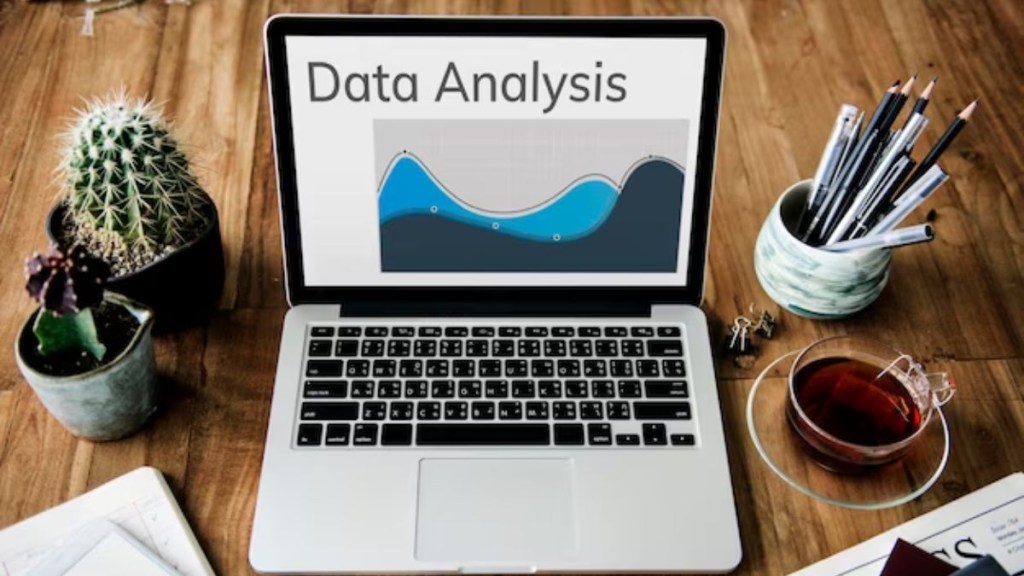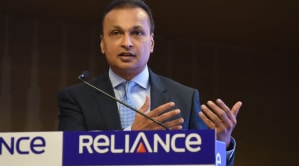With time, there seems to be a need to analyse information to understand study patterns. In this digital landscape, data is held as the foremost ‘building block’ and for processing mass amounts of it, a new paradigm called composable analytics has emerged. From what it’s understood, composable analytics refers to using technologies such as microservices, machine learning (ML), and intelligent data management to redefine the handling of business intelligence. “I believe the ability to assemble and mix different data analytics components and processes to satisfy business objectives is referred to as “composable data analytics”. It comprises breaking down analytics into modular components. The requirement for agility and adaptability in dataset maintenance can be met by composable analytics,” Arpit Sharma, senior manager, technology research and advisory, Aranca, a research analytics and advisory firm, told FE TransformX.
Seemingly, in 2021, Gartner, a management consulting company, stated at the Gartner Analytics Summit Americas how such a paradigm can help data and analytics supervisors create enhanced business intelligence. Based on market data, composable analytics consists of an amalgamation of low-code solutions and embedded analytics. This form of managing data and analytics suggests the need for composability of analytics applications, to be able to merge with additional methodologies. In terms of associated benefits, composable analytics can ensure adjustability for businesses’ data requirements, effective segregation of resources, correlation with open-source techniques, safety for critical data, and usage of composable data pipelines. Information provided by Gartner has specified three important requirements for the creation of a composable architecture, namely thinking, business architectures, and technologies. Through the development of a composable architecture, it’s believed that users can make application programming interfaces’ (APIs) utilisation to enable them to grow their digital footprint.
“I think the idea behind composable analytics is to move away from rigid, monolithic data architectures towards an adaptable and scalable framework. This approach can leverage data, analytics, and artificial intelligence (AI) solutions to link data insights with business actions. By introducing low-code and no-code capabilities, organisations can develop analytics experiences with modular analytics capabilities, rather than relying on monolithic applications. This modularity and flexibility can facilitate innovation, resource utilisation, and the ability to respond to market changes or new data insights,” Sonakshi Pratap, founder and CEO, Leadzen.ai, an AI-based lead generating tool, highlighted.
According to MarketsandMarkets, an intelligence and market research firm, the composable applications market magnitude was anticipated to reach $5.2 billion in 2023 and is expected to reach $11.8 billion by 2028, at a 17.5% compound annual growth rate (CAGR). Media reports have shown that between 2019 and 2020, the total count of composable applications witnessed a 20% rise. Insights from findings have shown that roughly 35% of new applications will fall under the composable category and be developed using packaged business capabilities (PBCs), which refers to a set of applications built concerning certain business needs.
Data supplied by a survey, conducted by Gartner’s 2023 Analytics & BI Platforms Magic Quadrant webinar, found that composable data and analytics were identified as an important trend by six percent of the respondents. Despite the area garnering a smaller amount of votes, the paradigm found its inclusion in the top five trends for the data and analytics landscape. Reportedly, market players who have been backed to take this market forward include Mendix, MuleSoft, Salesforce, Dell Boomi, MuleSoft, Software AG, Informatica, TIBCO Software, among others.
Moreover, future predictions indicate that composable analytics will find its way into different business models through enhanced adoption, along with finding more use cases through collaboration with maturing technologies such as blockchain and the Internet of Things (IoT). Market experts believe that the developments related to AI and automation will bring out the full potential of composable analytics. “As artificial intelligence progresses, automation within composable analytics is expected to evolve. With the progression of artificial intelligence, increased automation is foreseen. As awareness grows, adoption across industries is expected, foreseeing a future with minimal human monitoring due to the role of AI. Traditional methods may take time to identify the authenticity of content but with composable analytics, organisations can update their systems to counter the landscape of digital vulnerabilities,” Yuvraj Shidhaye, founder and director, TreadBinary, a technological platform, concluded.









